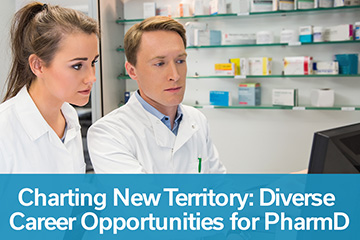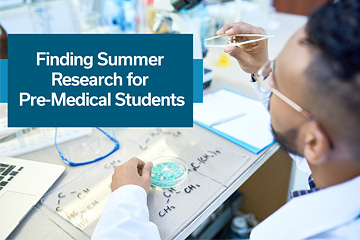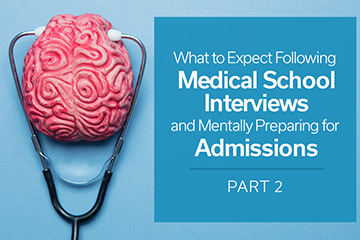
A Canadian pursuing medical training in Australia
1. Why did you do medicine in Australia and what was the admission process?
I went to Australia for medical school in 2006 when the University of Melbourne had the 6-year undergraduate-entry MBBS/BMedSci program. Since graduating in December 2011, I have been working as a junior doctor at the Royal Melbourne Hospital. Starting in 2016, I will commence radiology training.
Many things have changed over the past decade. My alma mater, the University of Melbourne, now offers a purely postgraduate program. This follows the university’s strategy to promote cross-country educational compatibility as per the Bologna Accord. Therefore, for those reading this, I would consider my experience with caution, knowing that much has changed.
I chose to do medicine in Australia out of serendipity. I was originally a National Scholar studying Engineering Science at the University of Toronto (U of T). I loved the experience in first-semester. The courses were technical, interesting, and my peers were brilliant. I was interested in becoming a biomedical engineer, and had always thought of working in some aspect of medicine. Thus in the preceding months, I had cast my net wide. My older brother had already commenced his medical studies in Melbourne, Australia (and has since become an ophthalmology registrar there). I thought, “Applying overseas can’t hurt.” So I submitted applications to both the University of New South Wales (UNSW) and the University of Melbourne.
The application process back then was less rigorous. As an international student, I only required evidence of my academic standing in high school, letters of recommendation, and a few paragraphs of intent. The UNSW followed up with a telephone interview mid-year. I heard back from both universities during my first semester at U of T. “Congratulations, you have been accepted to study medicine in Australia!”
“What do I do now?” Looking back, this has probably been the most important crossroad in my life. I considered my options, weighed the pros and cons, and listened to advice from my parents and peers.
The pros outweighed the cons. A career in medicine, while having some improved financial security, would be fulfilling because of the tangibility of helping others. Few other experiences in life are comparable. The field is broad and many more doors are opened in later life (eg. returning to engineering was always an option). Why Australia? Australia has a long history of both public and private healthcare sectors, which have translated to greater career freedom and better working conditions for medical professionals. Melbourne is one of the best cities to live in the world, having milder winters than Canada, and a greater emphasis on work-life balance. While some might consider its distance from North America a downside, I now realize that greater opportunities existed in Australia because it is a smaller pond. The clinicians are brilliant, and the healthcare system is excellent when compared on the global stage.
2. How difficult was it for international students to get residency in Australia after medical school? What are your tips for obtaining a position?
Around the time I graduated, there were growing concerns about a lack of intern (PGY1) jobs. As a result of many local students being subsidized by government HECS loans, they take priority over international students for residency positions. Australian universities, however, view themselves as exporters of higher education. Hence, they are motivated to expand international student numbers. The growth had come without adequate wider industry planning. By the time I graduated, there were rumblings of the upcoming “Intern Tsunami.” Getting an intern (PGY1) job as an international student in 2014 was not guaranteed (only about 50% of graduates could have stayed), and 2015 is looking worse. The benefits of being a junior doctor in Australia though include a higher base salary, overtime and on-call pay, and higher rates for working on holidays (which I have since learned that Canadian residents do not receive).
In 2011, important criteria for residency application included academic performance, letters of reference, evidence of leadership and community involvement. Research was a bonus, but not a necessity. Shortly after starting residency, I had also obtained Australian permanent residency, and now a citizen. In 2015, merit still applies, but at a multi-tiered level. Priority is granted based on international and inter-state status. For more information, read publications from the Australian Medical Students’ Association (AMSA), Health Workforce Australia (now retired), and the Postgraduate Medical Council of Victoria (PMCV). I would continue to recommend preparing for the worst. Complete your USMLE/PLAB/MCCEE requirements to keep your overseas employment options open. Also worth noting is that Singapore is very keen to recruit medical graduates. The work-life balance, however, may not suit everyone.
3. Would you consider practicing in Australia or come back to Canada?
Currently, I intend on practicing medicine in Australia. While the lifestyle factors are a consideration, it is now more about the relationships that I have built over the years. The greatest benefit of my university experience has been making new friends and meeting brilliant colleagues.
I would be interested in visiting Canada for a fellowship position later in my career. Knowledge diffusion is still more efficient across North America, and a fellowship would be the most effective method for learning cutting-edge technologies and practices. I plan to experience a different method of medical practice in Canada and transplant relevant knowledge and skills back to Australia.
Despite all the ongoing challenges of a career in clinical medicine, many more opportunities are arising. The University of Melbourne, the Royal Melbourne Hospital, and the upcoming Victorian Comprehensive Cancer Centre are investing in infrastructure to revitalize the Parkville Precinct as a global hub of medical excellence and research. Melbourne is also building its own Silicon Valley of innovation and entrepreneurship. Monash Health, which is where I will be undertaking my radiology training, is similarly undergoing expansion to the southeast corridor of Melbourne. Opportunities are arising and there are many exciting times ahead.






